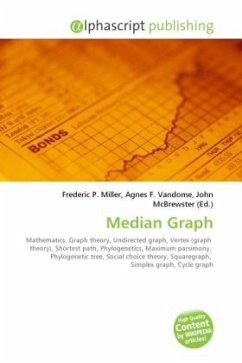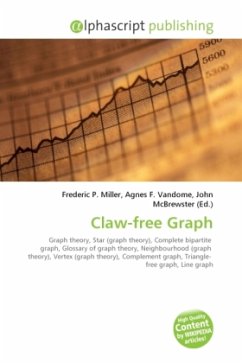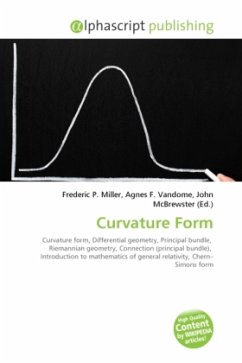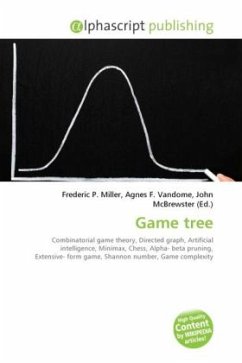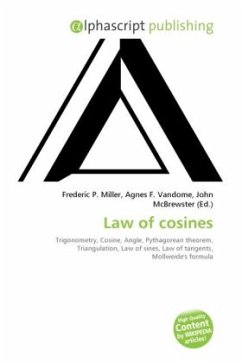In mathematics, and more specifically graph theory, a median graph is an undirected graph in which any three vertices a, b, and c have a unique median: a vertex m (a,b,c) that belongs to shortest paths between any two of a, b, and c. The concept of median graphs has long been studied, for instance by Birkhoff & Kiss (1947) or (more explicitly) by Avann (1961), but the first paper to call them "median graphs" appears to be Nebesk'y (1971). As Chung, Graham, and Saks write, "median graphs arise naturally in the study of ordered sets and discrete distributive lattices, and have an extensive literature". In phylogenetics, the Buneman graph representing all maximum parsimony evolutionary trees is a median graph. Median graphs also arise in social choice theory: if a set of alternatives has the structure of a median graph, it is possible to derive in an unambiguous way a majority preference among them. Additional surveys of median graphs are given by Klav ar & Mulder (1999), Bandelt & Chepoi (2008), and Knuth (2008).
Bitte wählen Sie Ihr Anliegen aus.
Rechnungen
Retourenschein anfordern
Bestellstatus
Storno

